In order to play a card game, you need to build a deck. In this guide, we will take a look at the deckbuilder in Yu-Gi-Oh Master Duel. (Disclaimer: This guide uses the PC version of the game. The UI might differ slightly depending on the version.)
Table of Contents
Table of Contents
- Choosing a Deck to Create or Edit
- Editing Your Deck
- Accessorize Your Deck
- Copying and Deleting Your Deck
Choosing a Deck to Create or Edit
To get into the deck editor, press on the Deck button. You'll be redirected to a screen that shows all your current decks, and a button with a big + sign on it.

The Deck menu.
Pressing the + button will give you 3 options:
- Create New, which will crate a blank deck.
- Copy from Public deck.
- Copy from Structure Deck.
Choosing 'Create New' will take you directly to the deck editor, with an empty deck.
Public Decks are submitted by other players in the Yu-Gi-Oh! TCG Card Database. You can access them using the + button, or by pressing 'Public Deck Search', at which point you'll be presented with all the decks in the database. You can filter those decks but searching a specific card used in them (using the textbox at the top), or by Category and/or Tag (using the button next to the textbox).
There are some caveats with these decks:
- Pretty much all of these decks use the TCG ban list, which differs from the Master Duel one.
- As such, it might contain cards that are not allowed in the deck.
- Some cards are not yet implemented in the digital game.
- The card will appear as a card back while viewing the deck.
- The card will be removed from the deck when getting to editing it.
- The player will need to modify the deck if either of the above happens.
 Public Decks available in the game.
Public Decks available in the game.
Structure Decks can either be purchased from the shop, or earned in the game's Solo mode. You can access them using the + button, or by pressing 'List of Structure Decks'. You can still use a Structure Deck you don't own as a base, but then you'd have to craft the cards yourself.

Structure Decks available in game (including those not owned).
Once a deck is selected, you'll be sent to a menu similar to the Deck Editor itself. Here, you can see how many cards from the deck you own, select the Regulation you want to use your deck for (at the time of writing, Standard is the only option), and copying the deck (you'll get a warning if you don't own all the cards, or if it contains illegal cards). Copying the deck will get you to the deck editor, with the selected deck already in use.

A Public Deck (Structure Decks replace the Category/Tag window with a description of the deck).
If you want to edit a deck already created, click on that deck, then click on 'Edit Deck' to go to the editor. Keep in mind that you can only have a maximum of 20 decks.
Editing Your Deck
Now that we're in the editor, let's take a look at how it works. At this point, you will be greeted with a menu with 3 main area. Throughout this guide, we will refer to each of these areas a 'views'. Let's take a look at each of them one by one.
Collection View
Here, you can see all the cards in the game, how many you own, and their rarity.

The Collection view.
Going from top to bottom, we have the following:
- 3 buttons above the text box
- The Card List, which will show all the cards in the game
- The Bookmarks button, which will show you all your bookmarked cards
- The Card History, which will show you all the cards you've taken a look this session, in the order you've viewed them
- A text box and another button next to it
- The text box is used to search for card
- You can search for a card's name or part of its text
- The button toggles between showing only cards you own or all the cards
- The text box is used to search for card
- 3 buttons bellow the text box
- The first is used for filtering cards
- You can filter by Type, Attribute, Level, Rarity, Finish, and more
- Use the trashcan icon to reset filters to default (doesn't affect the text box mentioned above)
- The second is used for sorting cards
- The trashcan icon is used to reset filter to default (including the text box)
- The first is used for filtering cards
Deck View
This is where you'll edit your current deck, as well as edit its name. Even if you have multiple copies of a card in the deck, they'll be shown separately, for easier readability.
To add a card to your deck, right-click on it or drag-and-drop it. The card will automatically go to either in the Main Deck or the Extra Deck, depending on what type of card it is. You can learn more about what a deck is meant to have in our Beginner Guide (coming soon).

The Deck view.
Card View
This shows you detailed information about a card, including its effect. Click on a card in the collection to have it show up in this view. Click on the card in the view to see even more details.

The Card view.
The card view also has a few interesting buttons in its bottom third:
- The two on the first row add and subtract a copy of this card to your deck
- Useful in case you accidentally remove all copies of a card, since the screen won't change
- On the second row:
- The first button is for bookmarking the card. Useful if you want to come back to a certain sets of cards later down the line
- The second button, 'How to Obtain', will open a new window showing which packs and Structure Decks contain this card
- Some packs may be inaccessible, at which point you'll likely need to craft a high raritry card to unlock it
- See our Pack Guide (coming soon) for more info
- The third button, 'Related Cards', will show you a list of cards in the deck collection that synergize with the card you're viewing, making your deckbuilding experience easier
- The final row has the buttons used for Dismantling and Generating cards
Miscellaneous Items
At the very top of the list, you'll see two things:
- To the left, there's the amount of CP that you have available for crafting cards
- To the right, there are 3 buttons
- The first one changes it's appearance depending on the display mode it's set to. It has 3 modes:
- Simplified Display: It only shows the cards and the number of copies you have
- Detailed Display: It shows general details about the cards, such as its attribute, type, level etc
- Rarity view: It shows the rarity of the card in the corner
- The Save button will save the current version of your deck, and give you a warning if it's not legal
- The 3 lines button open a submenu which reveals 3 buttons
- The first 2 are for mass Dismantling of cards into CP
- The third will give you 5 random cards from your deck, mimicking a starting hand
- The first one changes it's appearance depending on the display mode it's set to. It has 3 modes:
![]()
The top of the deck builder screen
To learn more about what CP is and how to Generate cards, check out our Crafting Guide.
Accessorize Your Deck
Each deck has a number of 'Accessories', which are cosmetics that make your deck unique. You can currently modify the following Accessories:
- Card Case
- Protector (card backs)
- Duel Field (the game board)
- Field Parts (the Graveyard and Banish zones)
- Mate's Base (what your mates will stay on during the game)
- Three Main Cards (shows you 3 cards from your deck of your choosing, giving you a preview of the deck)



Examples of card cases found in Yu-Gi-Oh Master Duel.
![]()
![]()
![]()
Examples of card protectors found in Yu-Gi-Oh Master Duel.
Copying and Deleting Your Deck
If you want to copy your deck to make a small variation of it, or you want to delete it because you're running out of deck slots, you can do that by selecting a deck, then clicking View/Copy/Delete Deck. Here, you'll also have the option of 'Draw 5 Cards', so you can check the consistency of your opening hand.
Learn More About Yu-Gi-Oh
Beginner Guides - Card Anatomy 101 | Summoning Xyz Monsters
Card Types - Monsters | Traps | Spells
Master Duel Beginner Guides
Card Pack Purchasing | Using the Deckbuilder | How to Craft Cards

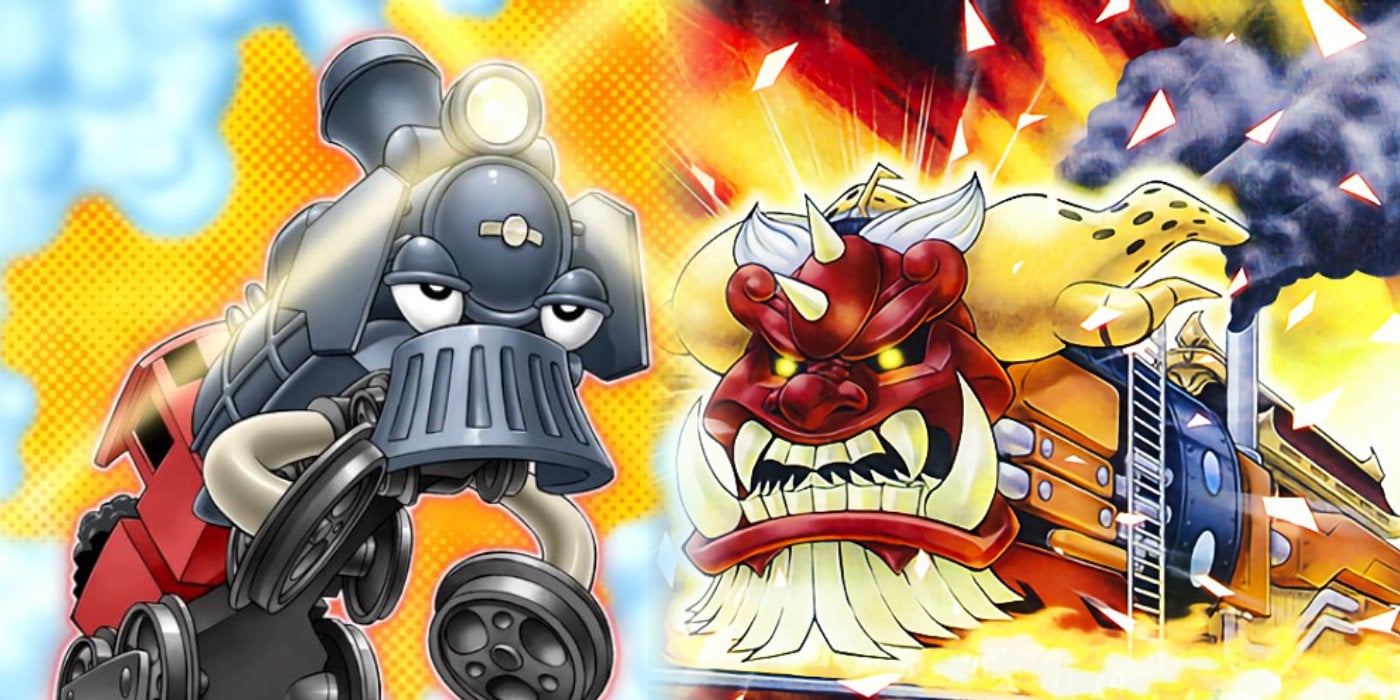
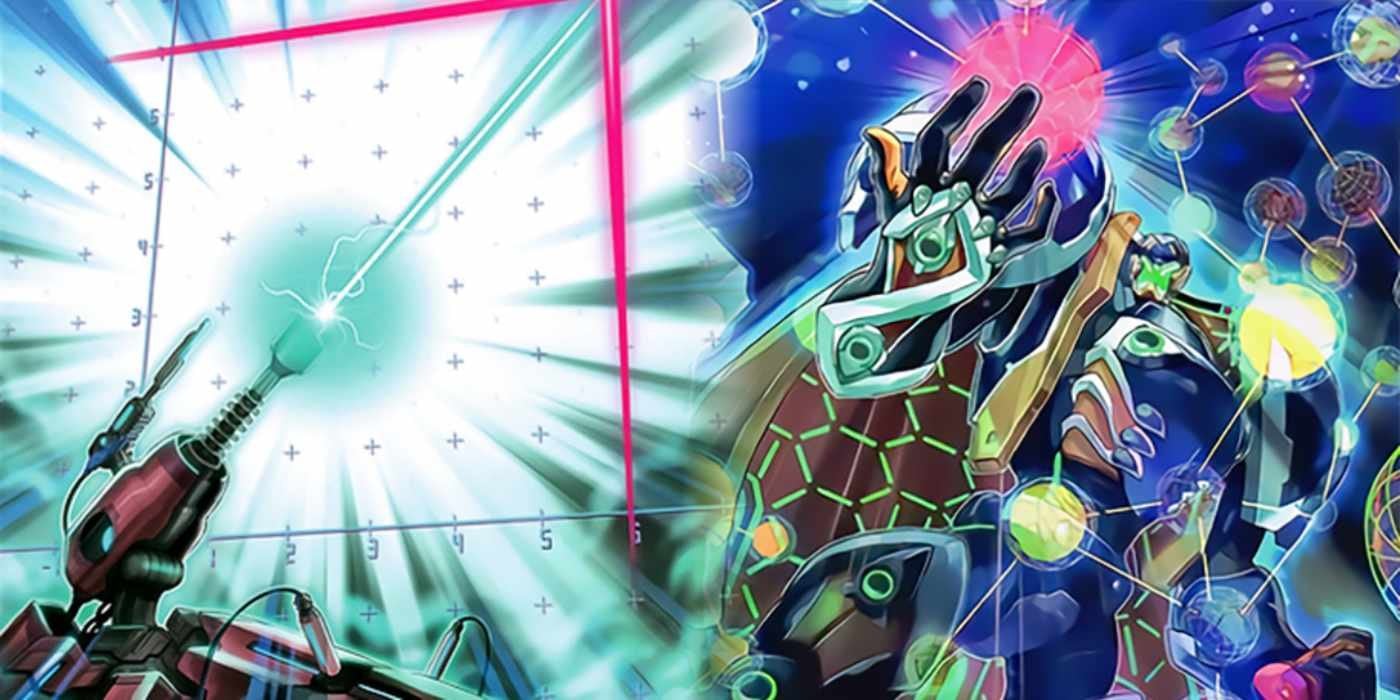
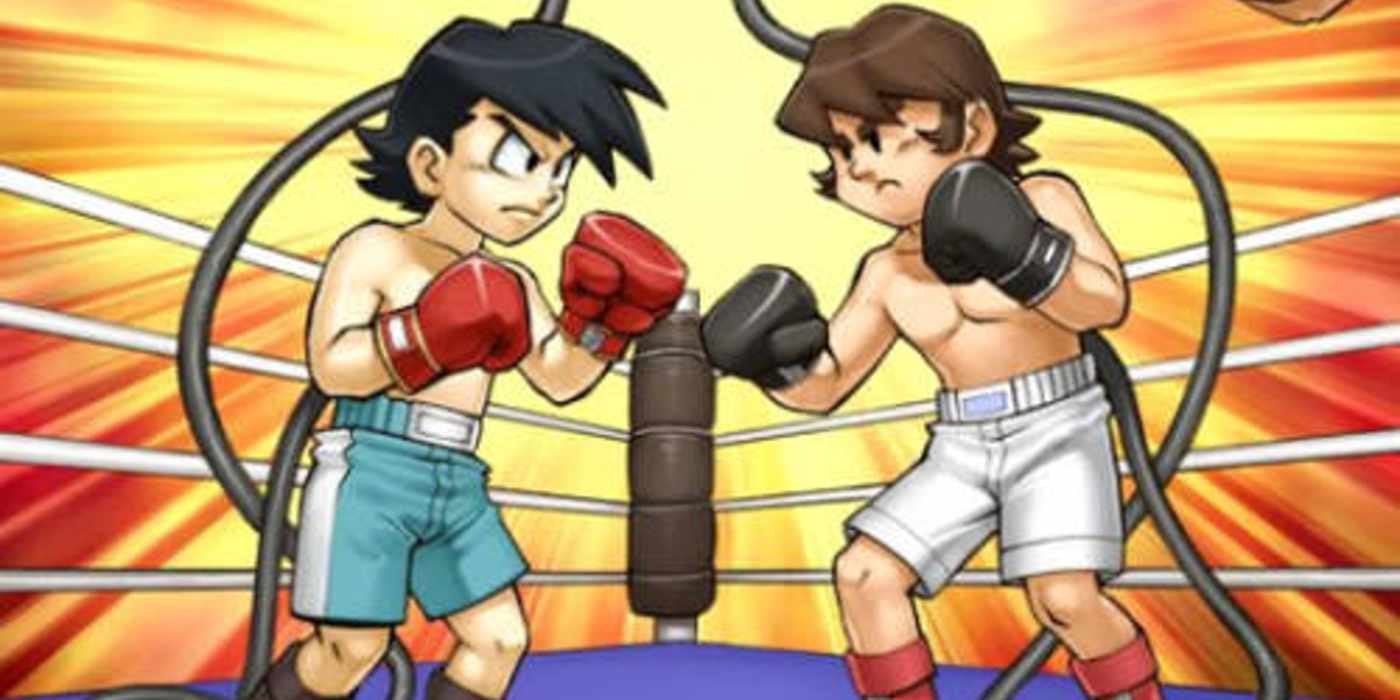
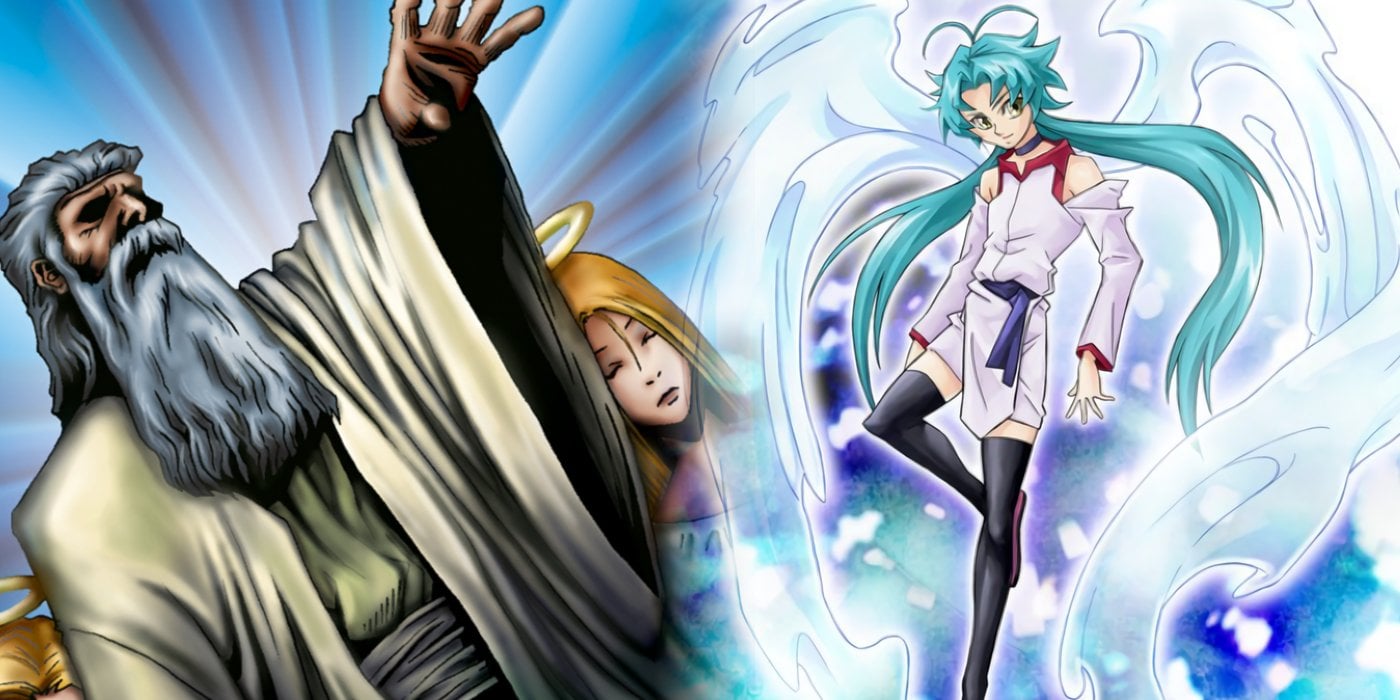
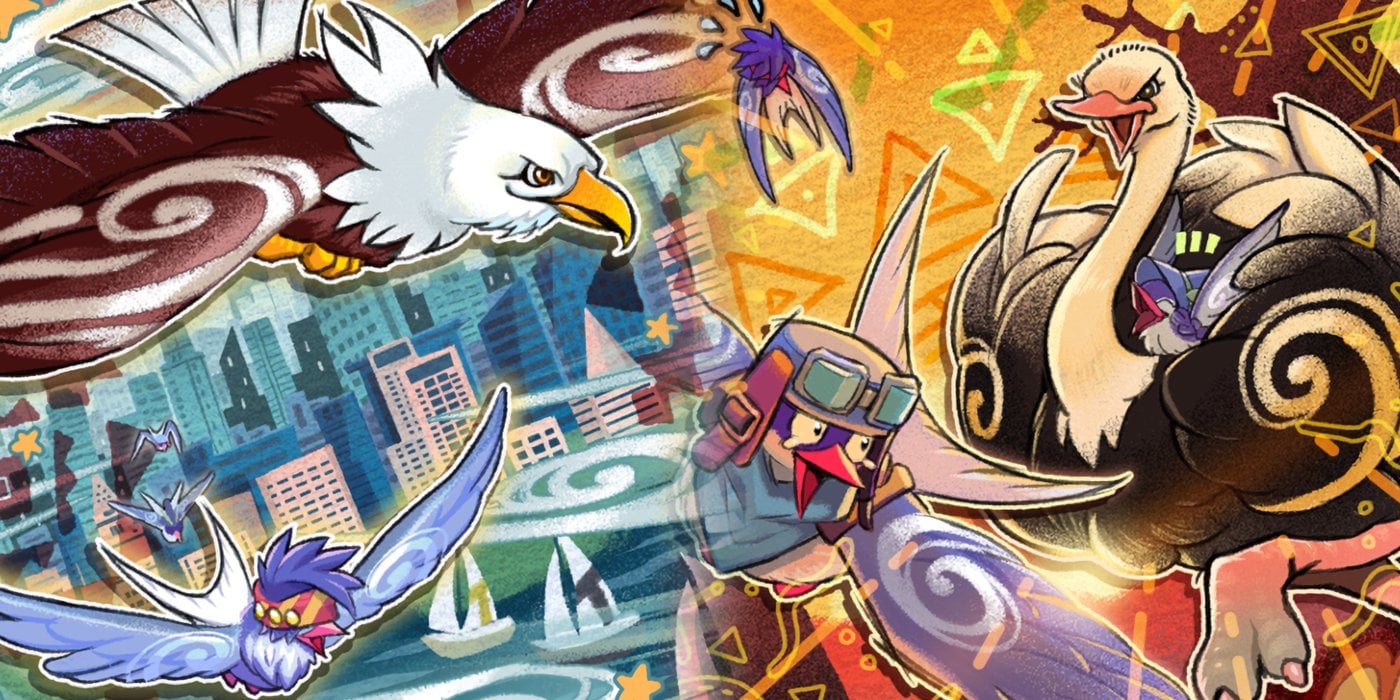
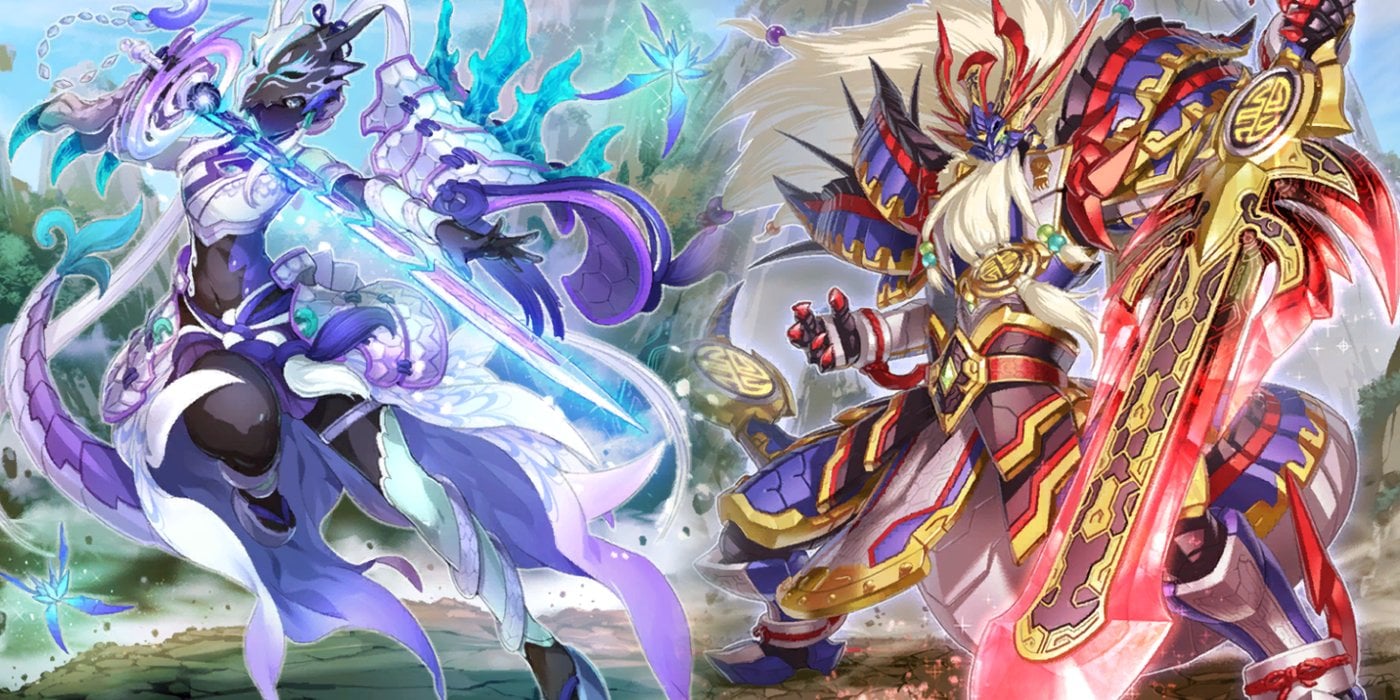
Comments
No Comments Yet. Be the first to create one down below!